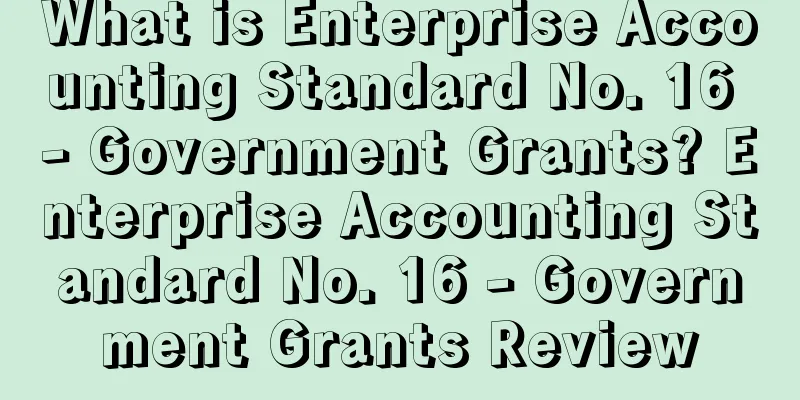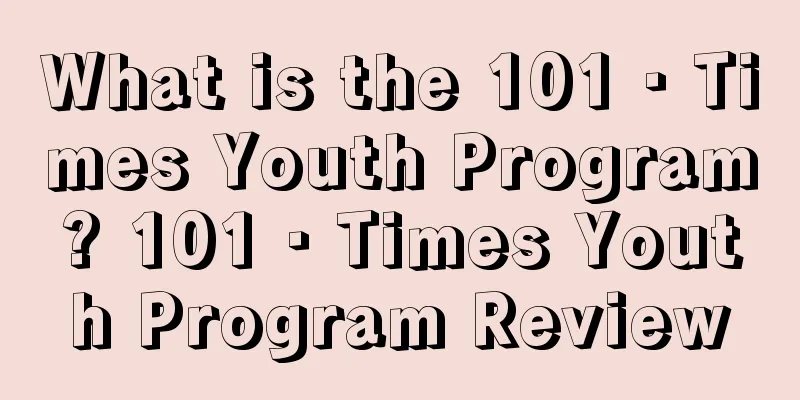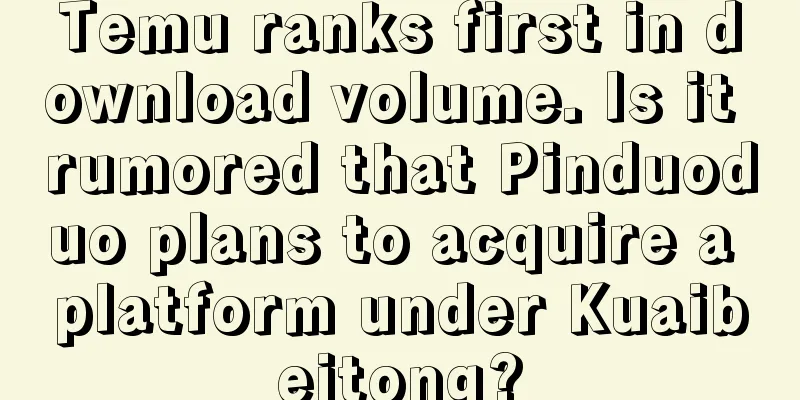What is Enterprise Accounting Standard No. 16 - Government Grants? Enterprise Accounting Standard No. 16 - Government Grants Review

|
(Announced on February 15, 2006, the Notice of the Ministry of Finance on Issuing 38 Specific Standards Including "Enterprise Accounting Standard No. 1 - Inventories" (Accounting [2006] No. 3) Revised in accordance with the Notice on Issuing the Revision of "Enterprise Accounting Standard No. 16 - Government Grants" (Accounting [2017] No. 15) on May 10, 2017) Formulating Authority Ministry of Finance of the People's Republic of China Release Date February 15, 2006 Chapter I General Provisions Article 1 These Standards are formulated in accordance with the Enterprise Accounting Standards - Basic Standards in order to standardize the recognition, measurement and presentation of government subsidies. Article 2 Government subsidies in this standard refer to monetary or non-monetary assets obtained by an enterprise from the government free of charge. Article 3 Government subsidies have the following characteristics: (I) Economic resources from the government. For subsidies received by an enterprise from other parties, if there is solid evidence that the government is the actual disbursement of the subsidies and the other parties only play the role of collecting and paying on behalf of the enterprises, such subsidies are also considered as economic resources from the government. (ii) Gratuitous. That is, enterprises obtain economic resources from the government without having to pay the government for goods or services. Article 4 Government subsidies are divided into asset-related government subsidies and income-related government subsidies. Asset-related government grants refer to government grants obtained by an enterprise for the purchase, construction or other forms of long-term assets. Government grants related to income refer to government grants other than government grants related to assets. Article 5 The following items shall be subject to other relevant accounting standards: (1) If the economic resources obtained by an enterprise from the government are closely related to the enterprise's activities such as selling goods or providing services, and are the consideration for the enterprise's goods or services or a component of the consideration, the relevant accounting standards such as Enterprise Accounting Standard No. 14 - Revenue shall apply. (II) Income tax reduction and exemption shall be subject to Enterprise Accounting Standard No. 18 - Income Tax. The government invests capital in an enterprise as an investor and enjoys corresponding ownership rights and interests, which are not subject to this standard. Chapter II Confirmation and Measurement Article 6 Government subsidies can only be recognized if they meet the following conditions at the same time: 1. The enterprise can meet the conditions attached to the government subsidy; 2. The enterprise is able to receive government subsidies. Article 7 Where a government grant is a monetary asset, it shall be measured at the amount received or receivable. If the government grant is a non-monetary asset, it should be measured at fair value. If the fair value cannot be reliably obtained, it should be measured at the nominal amount. Article 8 Government grants related to assets shall be used to reduce the book value of the related assets or recognized as deferred income. If government grants related to assets are recognized as deferred income, they shall be included in the profit and loss in installments in a reasonable and systematic manner over the useful life of the related assets. Government grants measured at nominal amounts shall be directly included in the current period's profit and loss. If the relevant assets are sold, transferred, scrapped or damaged before the end of their useful life, the undistributed balance of the relevant deferred income should be transferred to the profit and loss of the period in which the assets are disposed of. Article 9 Government subsidies related to income shall be accounted for in accordance with the following provisions according to different circumstances: (1) If used to compensate for related costs, expenses or losses of the enterprise in subsequent periods, it shall be recognized as deferred income and included in the current period's profit and loss or offset against related costs during the period in which the related costs, expenses or losses are recognized; (2) If used to compensate for related costs or losses already incurred by the enterprise, it shall be directly included in the current period's profit and loss or offset against related costs. Article 10 For government grants that include both an asset-related portion and an income-related portion, the different portions should be distinguished and accounted for separately; if it is difficult to distinguish, they should be classified as government grants related to income as a whole. Article 11 Government subsidies related to the daily activities of an enterprise shall be included in other income or offset against related costs and expenses in accordance with the substance of the economic business. Government subsidies unrelated to the daily activities of an enterprise shall be included in non-operating income and expenses. Article 12 If an enterprise obtains interest subsidies for policy-based preferential loans, it shall distinguish between the two situations where the finance department allocates the interest subsidy funds to the lending bank and the finance department allocates the interest subsidy funds directly to the enterprise, and shall perform accounting treatment in accordance with Articles 13 and 14 of these Standards respectively. Article 13 Where the finance department allocates interest subsidy funds to lending banks and the lending banks provide loans to enterprises at policy-based preferential interest rates, the enterprises may choose one of the following methods for accounting treatment: (1) The actual amount of the loan received shall be taken as the book value of the loan, and the relevant loan expenses shall be calculated based on the loan principal and the policy preferential interest rate. (II) The fair value of the loan is used as the entry value of the loan and the borrowing costs are calculated using the effective interest method. The difference between the actual amount received and the fair value of the loan is recognized as deferred income. The deferred income is amortized using the effective interest method over the life of the loan to reduce the related borrowing costs. After an enterprise chooses one of the above two methods, it should use it consistently and not change it at will. Article 14 The finance department shall allocate interest subsidy funds directly to enterprises, and the enterprises shall offset the corresponding interest subsidies against relevant borrowing costs. Article 15 Where a confirmed government subsidy needs to be returned, accounting treatment shall be carried out in accordance with the following provisions in the current period when the return is required: (1) If the book value of the relevant asset is reduced upon initial recognition, the book value of the asset shall be adjusted; (ii) If there is any relevant deferred income, the book balance of the relevant deferred income shall be reduced and the excess shall be included in the current period's profit and loss; (III) In other cases, the amount shall be directly included in the current period's profit and loss. Chapter III Presentation Article 16 An enterprise shall separately report the item "other income" above the item "operating profit" in the income statement, and government subsidies included in other income shall be reflected in this item. Article 17 An enterprise shall separately disclose the following information related to government grants in the notes: (1) Types, amounts and reporting items of government subsidies; (2) The amount of government subsidies included in the current period's profit and loss; (III) The amount of government subsidies returned in this period and the reasons. Chapter IV: Transitional Provisions Article 18 An enterprise shall adopt the prospective application method to deal with government grants existing on January 1, 2017, and shall make adjustments in accordance with this Standard to government grants newly added between January 1, 2017 and the effective date of this Standard. Chapter V Supplementary Provisions Article 19 These Guidelines shall enter into force on June 12, 2017. Article 20 Enterprise Accounting Standard No. 16 - Government Subsidies in the Notice of the Ministry of Finance on Issuing 38 Specific Standards including Enterprise Accounting Standard No. 1 - Inventories (Finance and Accounting [2006] No. 3) issued by the Ministry of Finance on February 15, 2006 shall be repealed at the same time. In case of any inconsistency between the accounting provisions for government grants previously issued by the Ministry of Finance and these Standards, these Standards shall prevail. References |
<<: What is Skysper? Skysper Review
Recommend
What is Reverb? Reverb Review
Reverb.com is an e-commerce platform for musical i...
What is PO Box? PO Box Review
PO Box is also written as Postal Box, which is the...
What is 2Cshop? 2Cshop Review
2Cshop cross-border e-commerce mall station provid...
What is Listing? Listing Review
Listing is a product page, one page for each produ...
An in-depth review of Black Friday and Cyber Monday! Analysis of Amazon’s future sales trends
This year's Black Friday and Cyber Monday h...
What is Yimei International Logistics? Yimei International Logistics Review
Yimei International Logistics is affiliated to Sha...
Amazon operations suddenly suffered a disguised pay cut! Are sellers "threatened" to leave the company?
▶ Video account attention cross-border navigation ...
What is KanKan.com? KanKan.com Review
Kankan.com is a new form of knowledge sharing and ...
More than 110,000 mattresses recalled by CPSC! Available on Amazon and other platforms
It is learned that the U.S. Consumer Product Safet...
What are the methods of on-site and off-site promotion on Amazon?
Amazon on-site promotion and off-site promotion ar...
What is the Amazon Tax Exempt Program (ATEP)? Amazon Tax Exempt Program (ATEP) Review
Amazon Tax Exemption Program (ATEP) was launched i...
What is Jijia Logistics? Jijia Logistics Review
Qianhai Jizhijia Logistics (Shenzhen) Co., Ltd. wa...
Did you know? You can claim compensation from Amazon FBA in these ten situations
Amazon FBA is a fantastic business opportunity, bu...
What is Gratisography? Gratisography Review
Gratisography is a collection of free high-quality...
2023 Fortune 500 announced! Amazon ranks second for four consecutive years!
It is learned that on June 5, Fortune magazine re...









